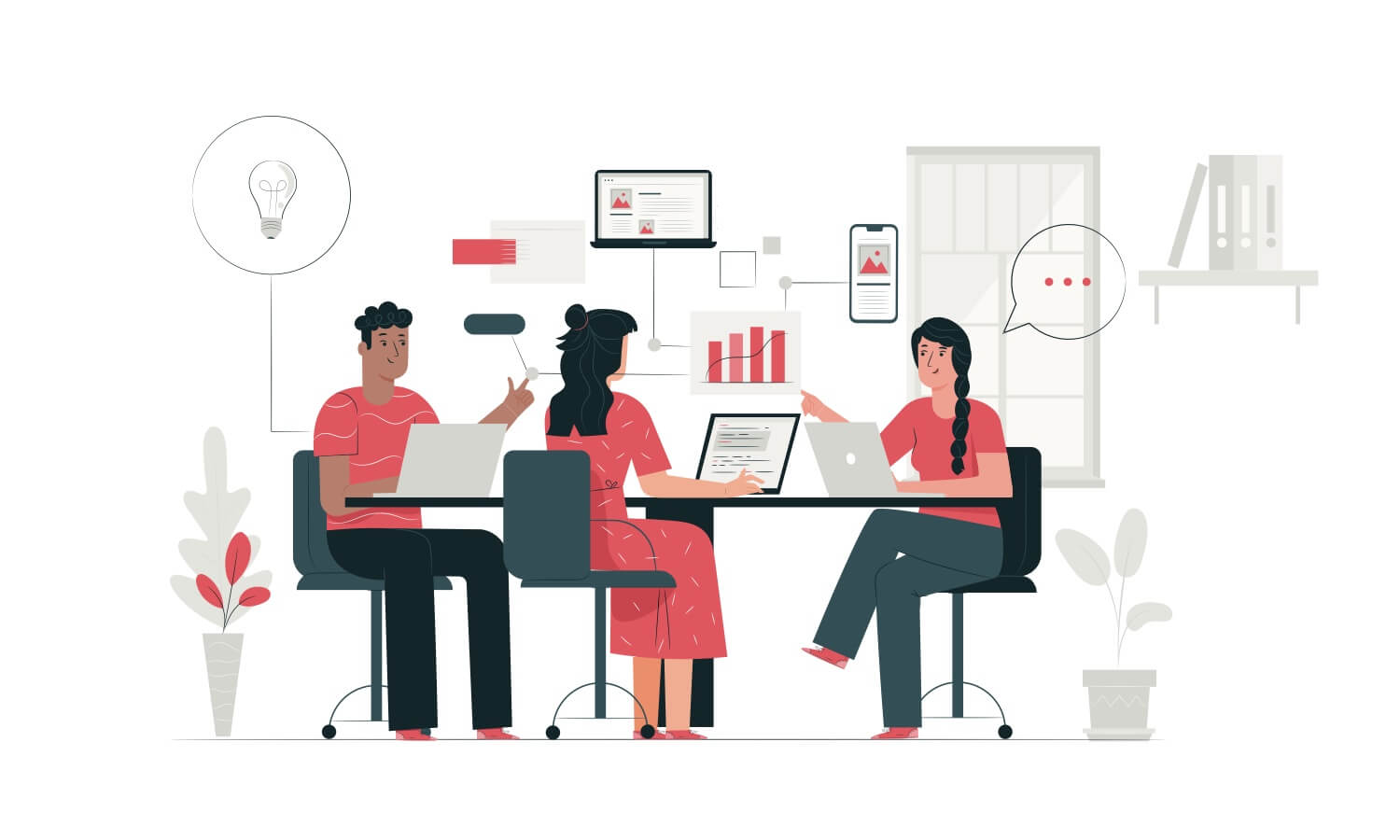User Stories and Waterfall

Some software developers wonder: -“Is it possible to use user stories in Waterfall?” If you want to know the answer, this article is for you. We will tell you how to write Waterfall user stories and how to apply them to this methodology. The first thing we should do is to find the proper definitions for Waterfall and user stories.
Waterfall is a popular software development methodology. It originated in the middle of 20th century. Initially it was a hardware development methodology applied to the newborn software development industry. Strong documentation, low customer involvement and sequential structure are the main principles of Waterfall. All customer demands are documented by the members of Waterfall team before the project begins. That is because of the fact that Waterfall developers do not contact the customer during the period of project realization.
The client can see the final product only after it is done and ready to delivery. That is why some programmers criticize Waterfall because the use of this methodology may lead to low customer acceptance of the final product. All Waterfall projects have sequential structure. They usually have 5 or 7 stages that should be performed one after another. The team cannot return to the previous stage even if something went wrong in it. That is probably the largest disadvantage of Waterfall.
User stories are descriptions of the software product made by its final users. They are usually used in Agile methodologies. For example, in Scrum and XP the product backlogs are formulated completely of user stories. Agile teams often have special people responsible for gathering user stories and prioritizing them in the product backlog. Such people are called Product Owners. Each team has only one Product Owner, who is the representative of the customer. A typical user story describes the functionality the user wants to get from certain software. After the user stories are collected, they are estimated. The developers have to define the most important of them. After that they are placed in the product backlog.
So, can we use user stories in Waterfall?
The answer is not as simple as it might seem. Of course, in most cases Waterfall teams do not use user stories. But that does not mean that they cannot be applied to this methodology. As we have already mentioned, Waterfall projects develop in accordance with strict project documentation. This documentation consists of the customer’s demands. Usually the customer does not want to gather user stories to participate in the project more effectively. However, there are also cases when the client wants to meet the requirements of the final users.
In such cases he has to gather user stories. He can also ask the team members to do that, but Waterfall developers usually have low experience in gathering user stories.
The forms of Waterfall user stories can be different. There are lots of examples of how to write them properly. The main thing you should know about Waterfall user stories is that they must fully represent the view of the final users on the future software product.
When Waterfall teams work with user stories, they have to include new sequential stages in the structure of their projects. That is because of the fact that all user stories should be estimated, prioritized, and turned into project tasks before the work on them begins. However, some Waterfall teams that use user stories prefer to keep their traditional structure of project realization. They estimate stories and prioritize them during the stage of design that is typical for all Waterfall projects.



